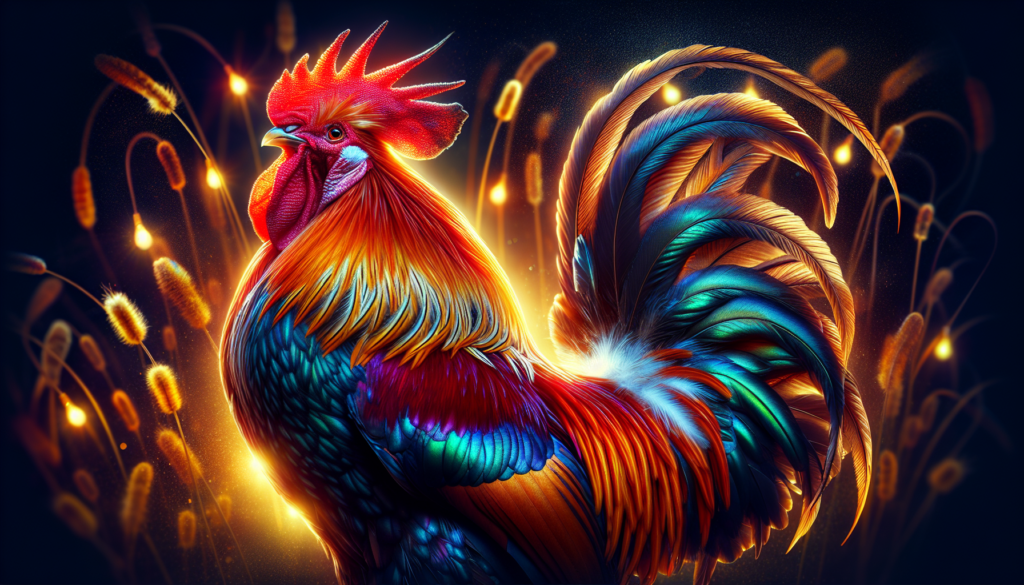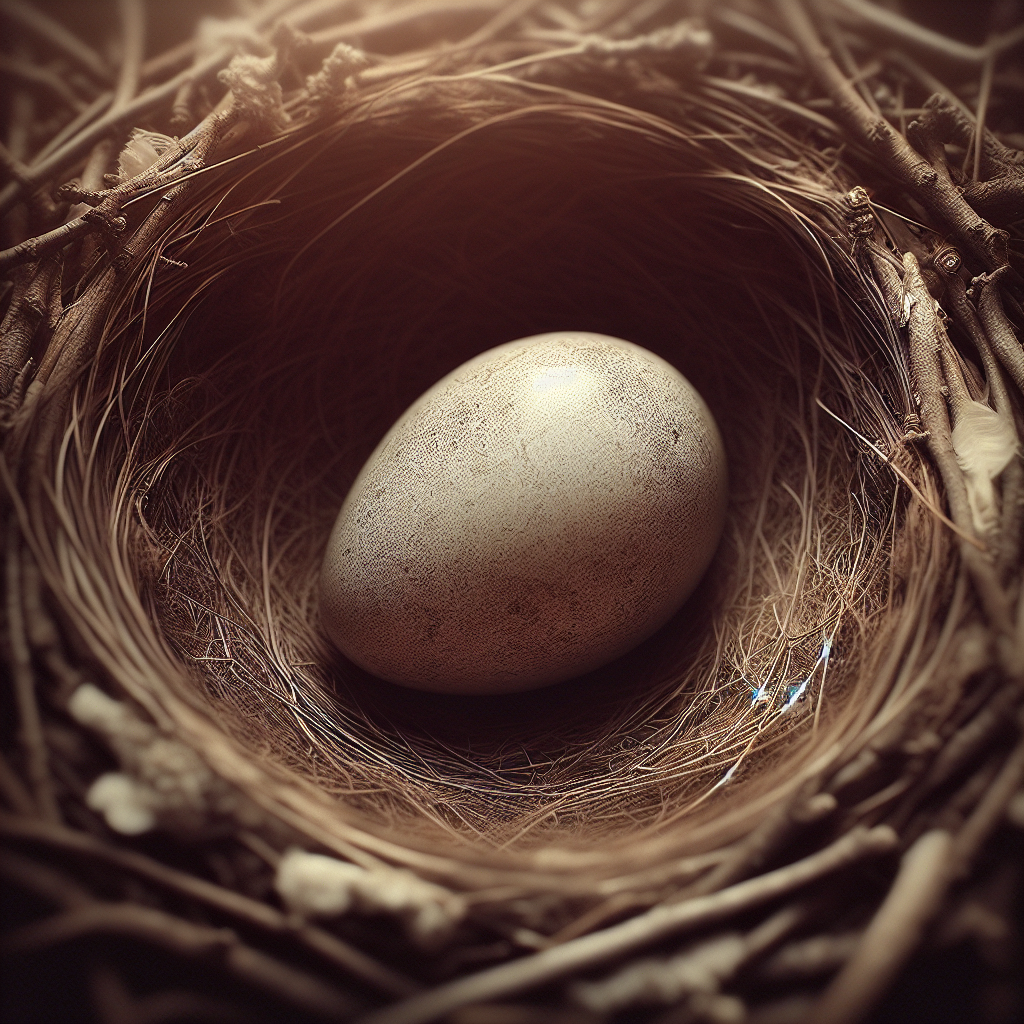Picture this: you’ve got a lovely little hen in your backyard, and you’re wondering when she’ll be ready to start a brood of her own. Well, wonder no more! In this article, we’ll explore the telltale signs that indicate your hen is ready for the exciting journey of breeding. From changes in behavior to physical indicators, we’ll unravel the mysteries surrounding the breeding readiness of hens. So, grab a cup of coffee and let’s dive into the fascinating world of hen breeding!
Physical Signs of Readiness
Age and Maturity
The age and maturity of a hen play a crucial role in determining her readiness for breeding. Generally, hens start showing signs of sexual maturity around 5-6 months of age. At this stage, their bodies are fully developed, and they start to exhibit physical changes that indicate they are ready to lay eggs and potentially engage in breeding activities.
Healthy Body Condition
A healthy body condition is essential for a hen to be ready for breeding. Hens that are in peak physical condition have well-developed muscles, bright eyes, and glossy feathers. They should have a good appetite, be active, and move around freely. It is important to ensure that your hens receive a balanced diet with the necessary nutrients to maintain their overall well-being.
Molt Completion
Another physical sign of readiness in hens is the completion of the molt cycle. Molt refers to the process where hens shed and replace their old feathers. Once a hen has gone through a complete molt, she is likely to be ready for breeding. During molt, hens divert their energy towards feather regrowth, which makes them less likely to engage in mating behaviors.
Development of Comb and Wattles
The development of comb and wattles is an important visual sign of a hen’s readiness for breeding. Comb refers to the fleshy crest on top of a hen’s head, while wattles are the fleshy lobes that hang down from the sides of her face. As a hen matures and becomes ready to breed, her comb and wattles will grow larger and turn a vibrant red color. The size and color changes in comb and wattles indicate that the hen’s reproductive system is developing and she is physically ready for mating.
Behavioral Signs of Readiness
Egg Laying Frequency
One of the most obvious signs that a hen is ready to be bred is an increased frequency in egg laying. Hens that are approaching their prime egg-laying age will start to lay eggs more frequently, often on a daily or every other day basis. This increased laying frequency indicates that the hen’s reproductive system is active and functioning properly, making her more likely to successfully breed and produce fertile eggs.
Inducing a Broody Behavior
Broodiness is a natural instinct in hens, where they have a strong desire to sit on eggs and incubate them. When a hen is ready to be bred, she may exhibit broody behavior such as spending long periods of time in the nest or displaying aggression when approached. Some hens may even start to gather eggs and sit on them, even if they haven’t been fertilized. These broody behaviors are clear indications that a hen is ready to breed and start her own family.
Seeking Male Attention
Hens that are ready for breeding will actively seek the attention of males. They may display submissive behaviors and vocalizations to attract the rooster’s interest. They may follow the rooster around, engage in courtship dances, and even allow the rooster to mount them. This active engagement with the males indicates that the hen is in estrus, or her fertile period, and actively seeking to mate.
Nesting and Roosting Behavior
When a hen is ready to be bred, she will start exhibiting certain nesting and roosting behaviors. She may spend more time in the nest box, fluffing up bedding material, and arranging the nest to her liking. Hens may also show a preference for specific nest boxes and may become territorial about them. Additionally, hens that are ready to breed will roost close to the rooster at night, seeking his protection and companionship.
Aggressive Behavior towards Other Hens
As hens become ready for breeding, they may display increased aggression towards other hens. This aggression can range from pecking and chasing to more aggressive behaviors like feather plucking and jumping on other hens’ backs. This aggressive behavior is driven by the desire to establish dominance and secure access to the rooster for breeding. It is important to observe the dynamics within your flock and intervene if the aggression becomes excessive or harmful.
Environmental and Seasonal Factors
Daylight Duration
Daylight duration plays a crucial role in triggering a hen’s reproductive system. As the days start to lengthen, hens receive signals from the changing light patterns, which stimulate the production and release of hormones necessary for breeding. It is recommended to provide hens with a minimum of 12-14 hours of light per day to ensure optimal reproductive health and readiness for breeding.
Optimal Temperature and Weather Conditions
Hens are more likely to breed when they are in a comfortable environment with optimal temperature and weather conditions. Extreme temperatures, whether too hot or too cold, can negatively impact a hen’s reproductive health and reduce her readiness for breeding. It is important to provide adequate shelter, proper ventilation, and moderate temperatures to create a conducive environment for successful breeding.
Adequate Nesting Space
Providing hens with adequate nesting space is essential to support their natural nesting instincts and readiness for breeding. Each hen should have access to a nest box that is appropriately sized and contains suitable bedding material. The availability of comfortable and secure nesting spaces encourages hens to engage in maternal behavior, making them more ready for breeding and egg incubation.
Reproductive System Readiness
Visible Color Change in Vent Area
When a hen is ready for breeding, you may observe a visible color change in her vent area. The vent, also known as the cloaca, is the common opening for a hen’s digestive, urinary, and reproductive systems. As the hen enters her fertile period, the vent may become more pink or red in color, indicating increased blood flow to the area and readiness for mating.
Texture and Appearance of Vent Area
Apart from the color change, the texture and appearance of the vent area can also provide clues about a hen’s readiness for breeding. A hen’s vent should appear moist and pliable, indicating that it is well-lubricated and capable of facilitating successful mating. Dryness, irritation, or abnormal discharge may indicate reproductive health issues that could affect the hen’s ability to breed.
Egg Production Cycle
A hen’s egg production cycle can provide valuable insights into her readiness for breeding. Hens that have been consistently laying eggs, especially fertile ones, are more likely to be fertile and ready for breeding. However, it is important to note that egg production can be influenced by various factors, including breed, age, and environmental conditions. Monitoring a hen’s egg production patterns can help determine her readiness for breeding.
Visible Swelling of the Abdomen
A visible swelling of the abdomen can indicate a hen’s readiness for breeding. As a hen becomes fertile, her ovary develops a mature egg that is ready for fertilization. This developing egg can cause the abdomen to appear larger or swollen. However, it is important to note that not all hens will display visible abdominal swelling, and it should be considered in conjunction with other signs of readiness for breeding.
In conclusion, determining a hen’s readiness for breeding involves assessing various physical, behavioral, environmental, and reproductive system signs. By observing these signs, you can ensure that your hens are at their prime for successful breeding and reproduction.




